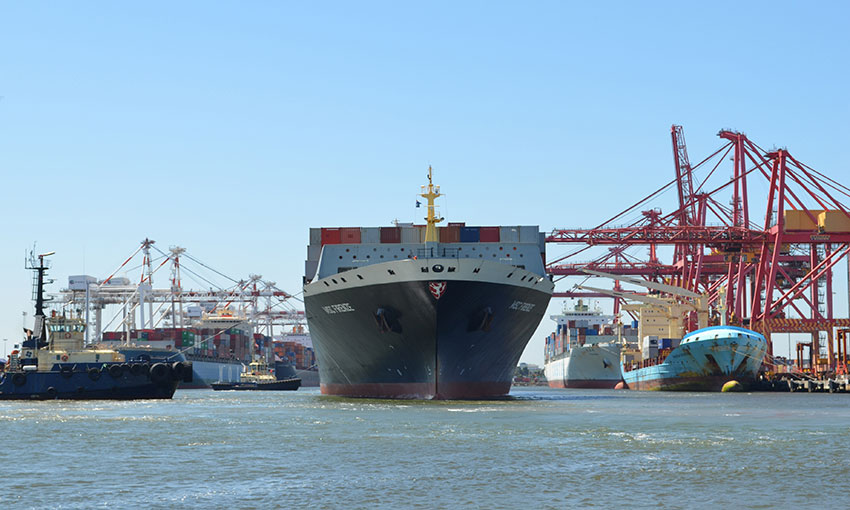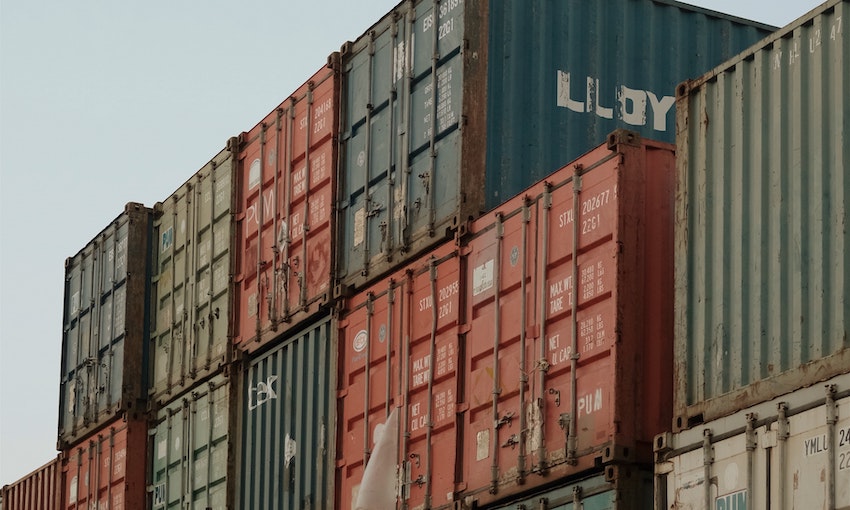VICTORIAN minister for ports and freight Melissa Horne on Thursday released Navigating our Port Futures: The Victorian Commercial Ports Strategy, which sets out a 30-year framework that the government says ensures an efficient and productive ports system.
The strategy is the result of the Independent Review of the Victorian Ports System.
In August last year, the government said it supported all 63 recommendations handed down in the review.
The government has already acted on several of the recommendations, including establishing Ports Victoria by amalgamating the Victorian Regional Channels Authority and the Victorian Ports Corporation (Melbourne).
Ms Horne said with the release of the strategy, the government is driving the biggest ports reform program in Victoria in decades.
“This strategy [is] critical to protect the future of our commercial ports and achieve a sector that’s responsive to market demands,” she said.
“This strategy will ensure our ports operate in an efficient and productive way to support the system, meet the needs of all Victorians and continue to grow our economy.”
A long-term vision
The government said Navigating our Port Futures is a 30-year vision to achieve a commercial ports sector that’s responsive to market demands; is well planned and balances the needs of industry and community; is efficient, productive and resilient even as the global environment becomes more volatile; is safe and operates with clear roles and responsibilities.
A statement from the state government said it is already working to meet the objectives it lays out.
The government said it is continuing to work closely with the Port of Melbourne to support the growth of the port and meet market needs. Improvements at the port include on-dock rail infrastructure at Swanson Dock linking the Port Rail Shuttle Network, shifting more of the metropolitan freight task onto rail and taking thousands more trucks off local roads.
The government also said work is underway on a port supply chain guide to confirm roles and responsibilities of port managers and promote shared understanding across the sector.
The majority of actions to support the objectives laid out in the Strategy have an implementation timeframe of up to two, three or five years and will be reviewed and updated every five years to ensure they continue to service Victoria’s growing needs.
Port of Melbourne welcomes the strategy
PoM welcomed the release of the strategy with its CEO Saul Cannon saying it is a welcome recognition of the important role Victoria’s ports play in the economic wellbeing of Victoria and surrounding regional areas of both mainland Australia and Tasmania.
“We believe the strategy provides a strong framework for the ongoing operational success and development of the Port of Melbourne, and in turn this will help ensure we can continue to meet the trade needs of Victoria for decades to come,” he said.
Mr Cannon welcomed the state government’s commitment to continuing to work with PoM to support planning for the next tranche of container capacity.
“Based on our current assessment the next tranche of international container terminal capacity will be required at the port around 2030 if we are to meet Victoria’s forecast trade demand and we will be working closely with the government and port stakeholders in the years ahead to deliver the infrastructure needed,” he said.
Mr Cannon said the port would continue to work closely with the government to support growth for the benefit of Victoria’s economy and the wellbeing of its people.
He said the strategy also supports Port of Melbourne’s objectives for land use planning for new road and rail network capacity needed to support the growth of trade volumes at Webb Dock.
“Port of Melbourne supports the government’s objective for more freight on rail with a number of projects underway, we look forward to continuing our work with government to build a successful port rail supply chain,” Mr Cannon said.





